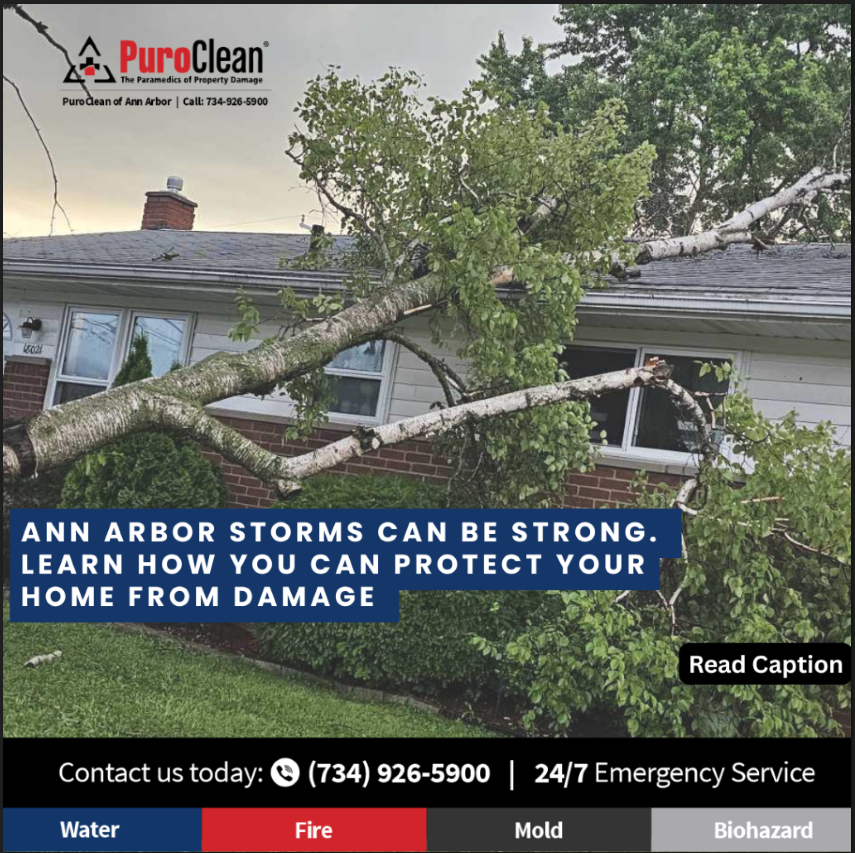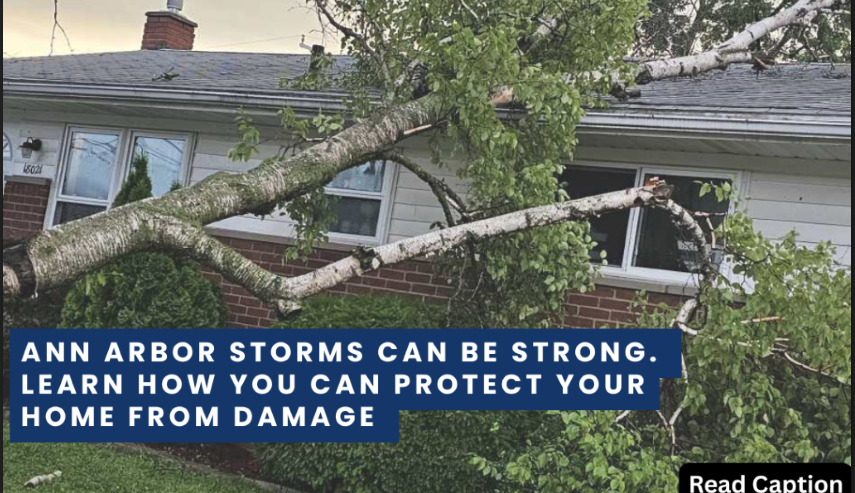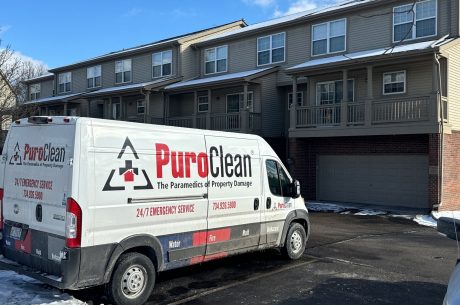When a storm strikes, the aftermath can be overwhelming, causing thousands of dollars worth of storm damage. High winds, torrential rain, hail, and even lightning can cause extensive damage to your home in a matter of minutes. Whether you’re dealing with a tree crashing into your roof, a flooded basement, or broken windows, it’s crucial to act quickly and calmly. Here’s a step-by-step guide on what to do immediately after a storm damages your home.

Table of Contents
1. Ensure Safety First
Before assessing the damage or making any calls, make sure your family and pets are safe. Avoid downed power lines, broken glass, and standing water, which may be electrically charged. If your home has suffered structural damage, evacuate and call emergency services if necessary.
2. Document the Damage
Once it’s safe to do so, begin documenting the damage with your smartphone or camera. Take wide-angle shots and close-ups of any affected areas, including:
- Roof and siding
- Windows and doors
- Basement and interior walls
- Damaged furniture or appliances
- Flooded areas This documentation is essential for your insurance claim.
3. Prevent Further Damage
If possible, take steps to prevent additional damage. Cover broken windows with plastic sheeting or plywood. Use buckets or tarps to contain leaks. If the roof is compromised, don’t climb up yourself—wait for professionals.
4. Contact Your Insurance Company
Notify your insurance provider as soon as possible. Provide them with your documentation and ask about the claims process. Some policies require immediate reporting, so acting quickly is vital.
5. Call a Trusted Restoration Company
After filing a claim, call a licensed and insured storm damage restoration company like PuroClean of Ann Arbor. Our trained professionals will assess the situation, provide temporary protection measures (like board-ups and tarping), and begin the cleanup and restoration process.
6. Keep Records of All Communication
Maintain detailed records of your interactions with the insurance company and restoration teams. Keep receipts of expenses such as hotel stays, meals, and repairs—these may be reimbursable under your policy.
7. Don’t Start Permanent Repairs Too Soon
Wait until the insurance adjuster has completed their inspection before starting permanent repairs. However, don’t delay temporary repairs that prevent further damage, as neglect may impact your claim.
8. Understand the Restoration Timeline
Storm damage repair can be a multi-phase process:
- Emergency mitigation (tarping, water removal)
- Damage assessment and estimates
- Insurance approval
- Full restoration (roofing, siding, flooring, etc.) Work with a company that keeps you informed every step of the way.
9. Watch for Hidden Damage
Not all storm damage is visible. Water can seep behind walls, wind can loosen roofing shingles, and hail can crack siding. Professionals can use moisture meters, thermal imaging, and other tools to find damage you might miss.
10. Plan Ahead for Future Storms
Once the immediate crisis is over, consider making improvements that protect your home long-term. This might include:
- Installing a sump pump
- Upgrading your roofing materials
- Reinforcing windows and doors
- Scheduling annual roof and gutter inspections
Final Thoughts
Storms can be unpredictable, but your response doesn’t have to be, you can trust us. Acting quickly and working with trusted professionals like PuroClean of Ann Arbor ensures that your home is restored efficiently and safely. If you need help now or want to create a storm preparedness plan, contact us today.




 PuroClean of Ann Arbor
PuroClean of Ann Arbor